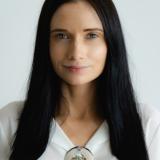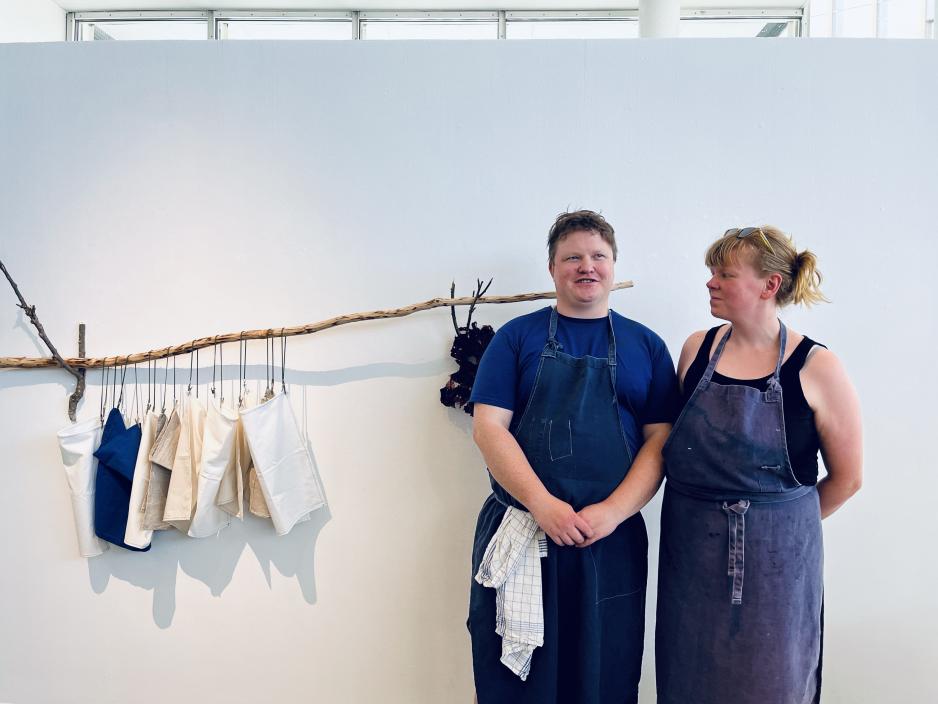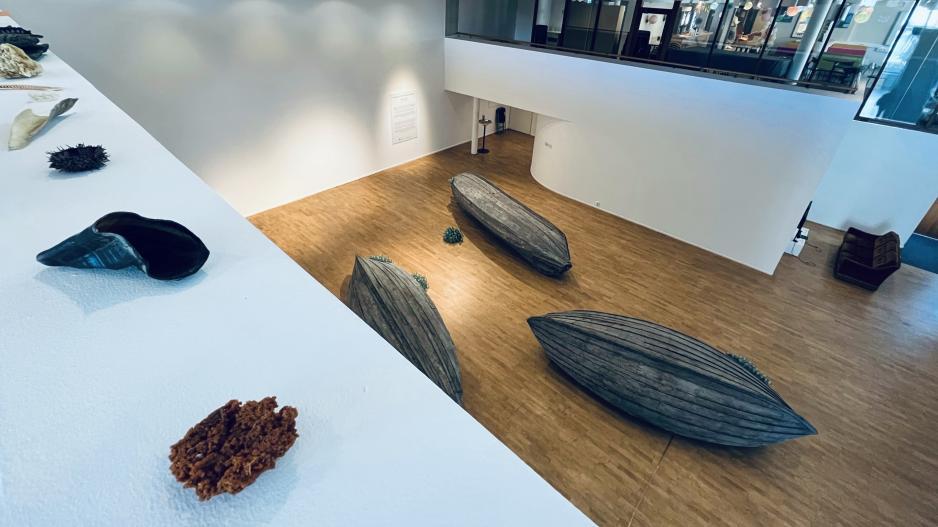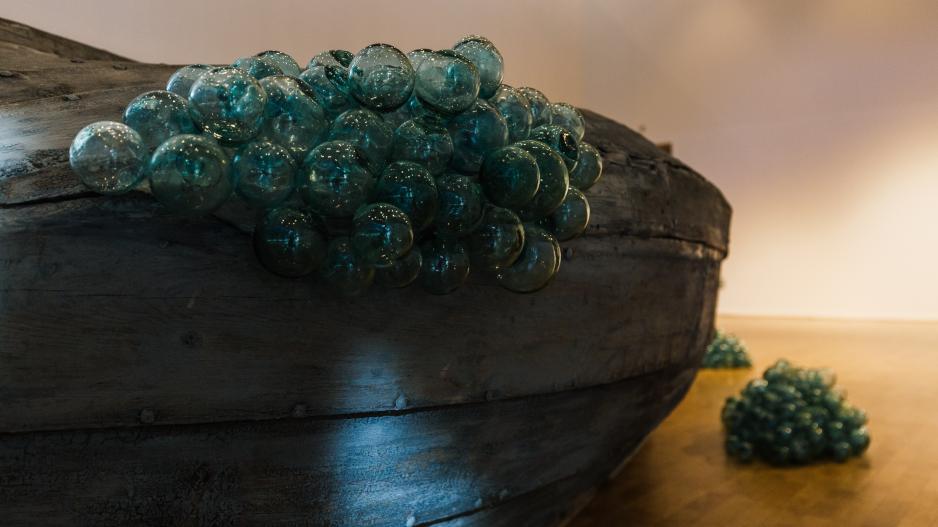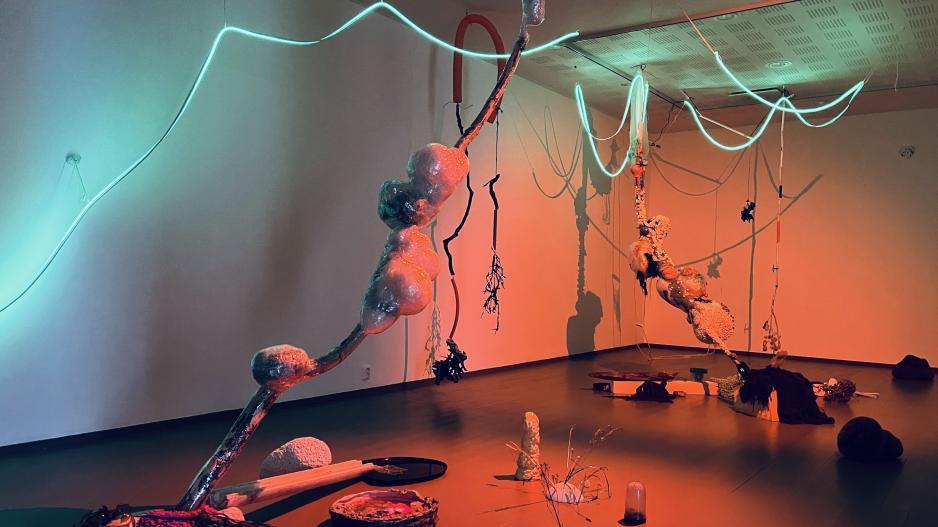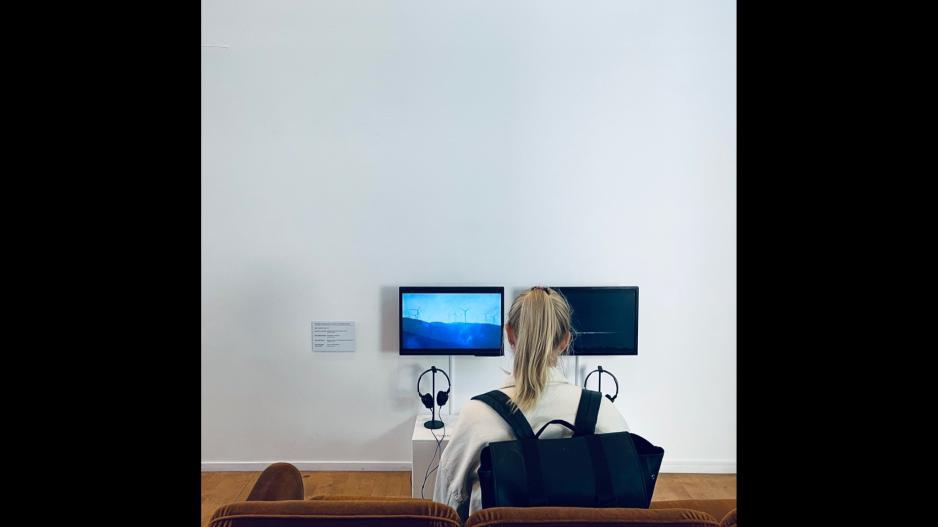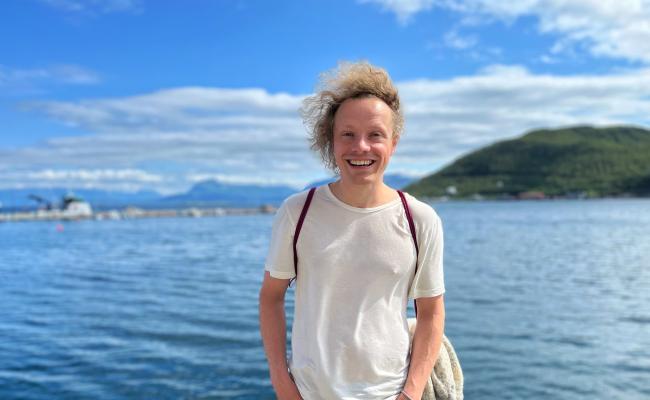
Photo gallery: Puolanka Pessimism Association: Puolanka exists (2023). The small town in the middle of Finland has become world famous for its 'gloomy' branding. The pessimism community aims to shed light on the centralization of public services and the rejection of the values that one can find in smaller communities. (Photo: Astri Edvardsen) >

«Puolangan luonnonkaunis taajama houkuttelee turisteja niin läheltä kuin muualtakin. //
The scenic settlement of Puolanka attracts tourists from near and far.» (Photo: Astri Edvardsen) >

«Puolangalla me pidämme hyvää huolta myös lapsista. Niistä molemmista. //
In Puolanka, we also take good care of our children. Both of them.» (Photo: Astri Edvardsen) >

«Puolangalla kaikki lakkautetut palvelut ovat vain lyhyen kävelymatkan päässä. //
In Puolanka, all discontinued services are just a short walk away.» (Photo: Astri Edvardsen) >

«Ei ehkä kannata tulla Puolangalle. Ei mekään tultaisi ellei asuttaisi täälla. //
Maybe it’s not worth coming to Puolanka. We wouldn’t either if we didn’t already live here.» (Photo: Astri Edvardsen) >

«Puolangalla on hyvin tilaa myös sinun anopillesi. //
Puolanka also has plenty of room for your mother-in-law.» (Photo: Astri Edvardsen) >

«Ohitustien ansiosta Puolangan ohi pääsee helposti ja vaivattomasti. //
Thanks to the bypass, you can easily and effortlessly pass Puolanka.» (Photo: Astri Edvardsen) >
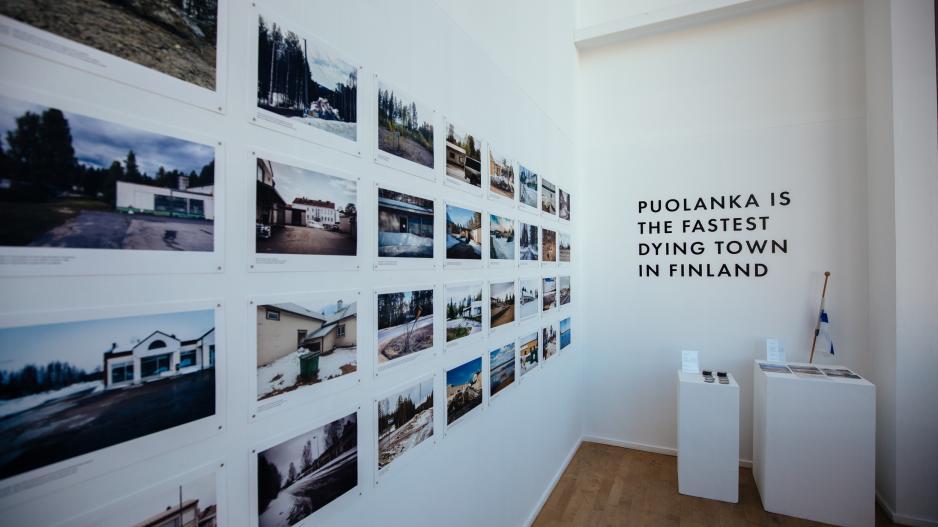
The photo series is supplemented by a display of the association's own brands, such as buttons and postcards. (Photo: Oleg Khadartsev/Pikene på Broen)


